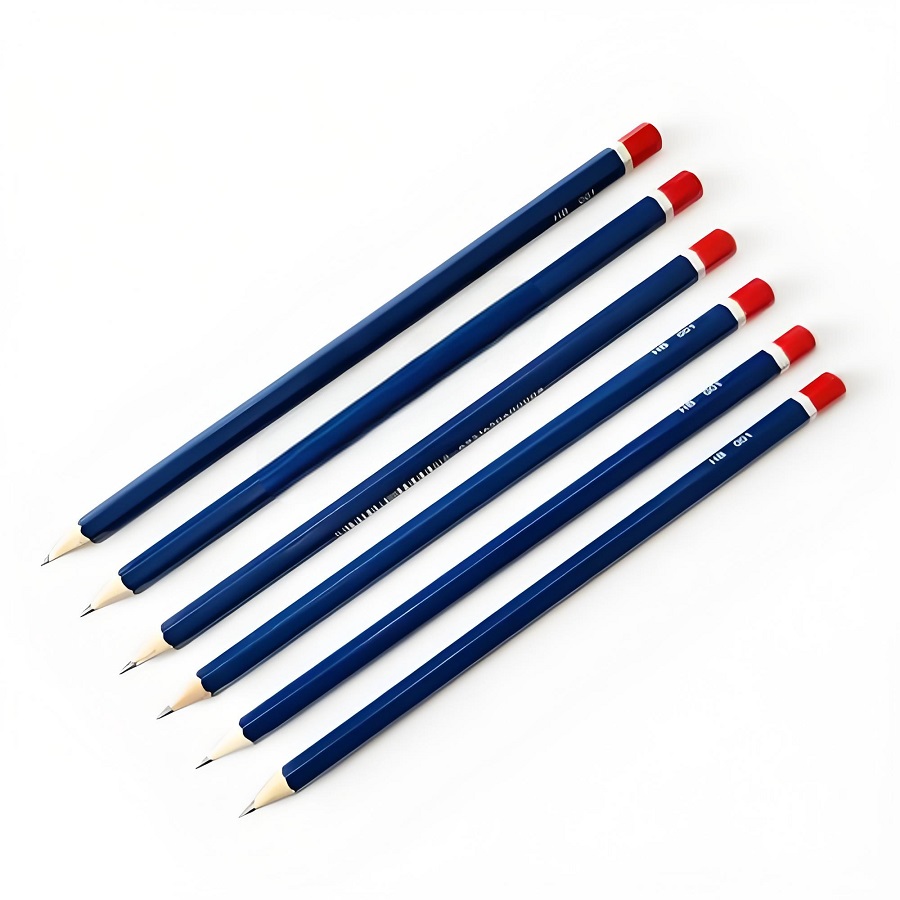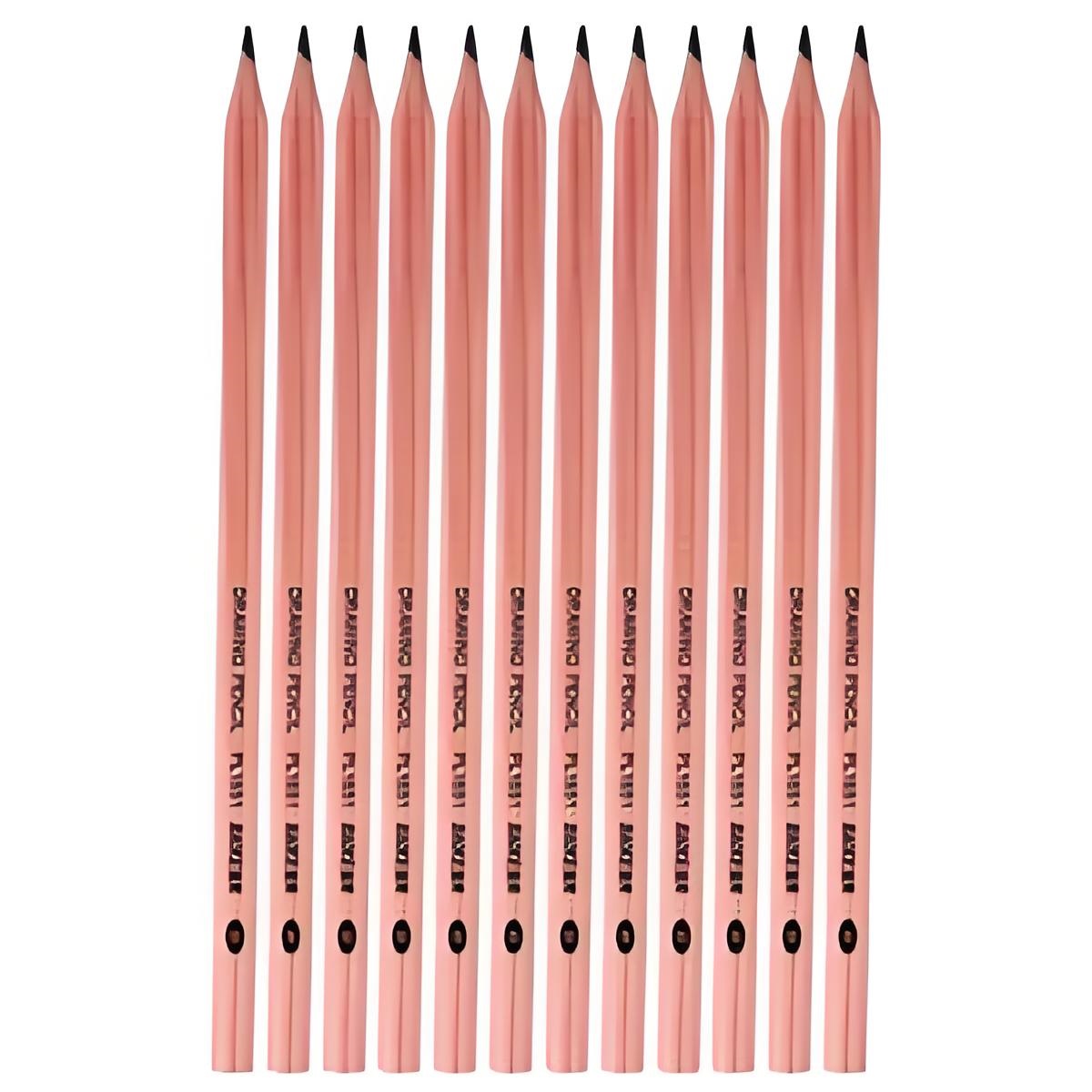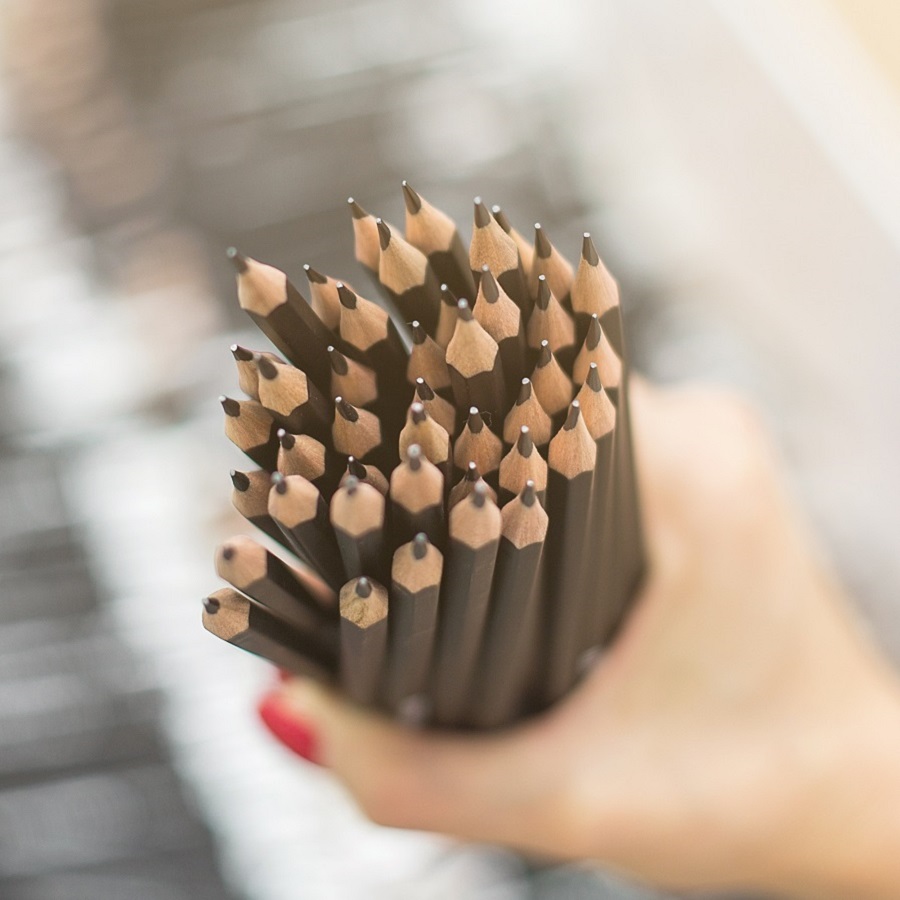Colored pencils are a staple in both artistic and educational settings, loved by children and professionals alike for their vibrant colors and ease of use. These versatile tools can be used for everything from intricate sketches to detailed illustrations and even relaxing coloring books. Understanding the composition, types, and uses of colored pencils can help you appreciate their charm even more.
The Composition of Colored Pencils
Colored pencils may seem simple, but they are crafted with a variety of components that make them unique and effective tools for artists and hobbyists.
-
Pigments

- The pigments in colored pencils are the key to their vibrant colors. These pigments can be derived from natural minerals or synthesized chemically. Natural pigments come from sources such as ochre, carbon black, and limestone, providing earthy and muted tones. Synthetic pigments, on the other hand, can be formulated to produce a wider range of bright and intense colors.
-
Fillers

- Fillers are used to give colored pencils their hardness and texture, while also reducing the cost of pigments. Common fillers include wax and talc. These materials help balance the consistency of the pencil, making it easier to apply smooth, even layers of color.
-
Binders

- Binders are essential for holding the pigments and fillers together. Common binders include glycerides, waxes, and resins. The type of binder used can affect the quality and performance of the colored pencil, influencing how well it adheres to paper and how easily it can be blended or erased.
-
Wooden Casing
- The wooden casing of a colored pencil not only protects the core but also provides a comfortable grip for the user. Popular types of wood used include basswood, poplar, and cedar. High-quality wooden casings ensure that the pencil sharpens easily without splintering.
Types of Colored Pencils
Colored pencils can be categorized into three main types: oil-based, water-soluble, and pastel pencils.
-
Oil-Based Colored Pencils
- Oil-based colored pencils are known for their vibrant, heavy colors and slightly waxy texture. They produce rich, saturated hues and offer a unique texture that is perfect for creating layered effects. However, they are less suitable for blending multiple layers and are more difficult to erase.
-
Water-Soluble Colored Pencils
- Water-soluble, or watercolor pencils, contain a pigment base that dissolves in water. When used dry, they function similarly to regular colored pencils but produce softer and more natural-looking colors. When water is added, they create smooth washes and gradients, resembling watercolor paints. These pencils are ideal for quick sketches and architectural drawings.
-
Pastel Colored Pencils
- Pastel colored pencils have a powdery core that offers strong coverage and a distinct, grainy texture. They are great for blending and layering but are prone to smudging and can create a mess if not handled carefully. These pencils are excellent for adding highlights and textures to artwork.
Practical Tips and Maintenance
Maintaining and using colored pencils correctly can prolong their life and improve your artwork.
-
Sharpening
: Use a high-quality sharpener to avoid breaking the core. Manual sharpeners are often better for colored pencils than electric ones. -
Storage
: Keep your pencils in a dry, cool place, preferably in a case or box, to protect them from humidity and damage. -
Blending Techniques
: Use blending tools such as blending stumps, tissue paper, or even your fingers to create smooth transitions between colors. Experiment with layering and mixing colors to achieve different effects. -
Using Fixatives
: For pastel pencils, consider using a fixative spray to prevent smudging and preserve your artwork.
The Role of Colored Pencils in Creativity and Education
Colored pencils are not just tools for creating art; they play a significant role in fostering creativity and learning.
-
Artistic Expression
: Whether you’re a professional artist or a casual doodler, colored pencils provide an accessible medium for creative expression. They allow for precision and control, making them suitable for detailed work and broad coloring. -
Educational Tools
: For children, colored pencils are essential for developing fine motor skills and color recognition. They are also used in educational settings to make learning more engaging and interactive. Coloring activities can help children relax and concentrate better.
Colored pencils continue to be a beloved tool for both artists and educators. As the market evolves, we see trends such as increased environmental awareness and technological innovation influencing the production and use of colored pencils. For example, companies like
Durzerd
and
CPencils
are offering high-quality and customizable options to meet diverse needs.
By understanding the composition, types, and best practices for using colored pencils, you can fully appreciate their versatility and charm, making them an indispensable part of your creative toolkit.



